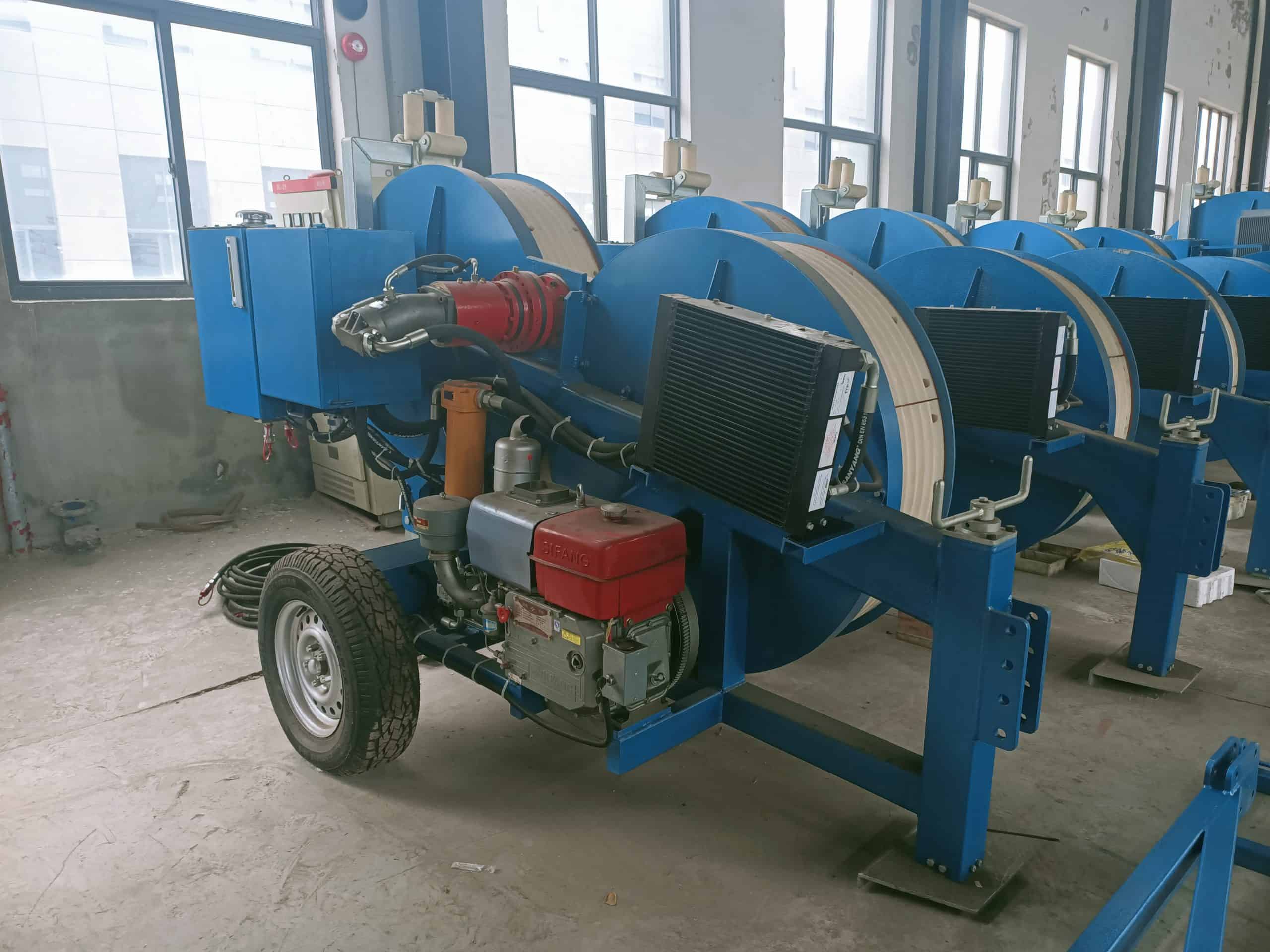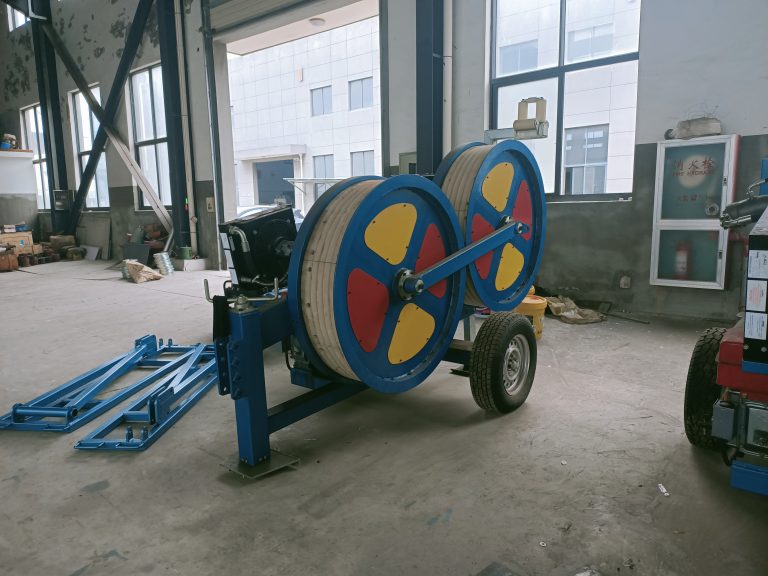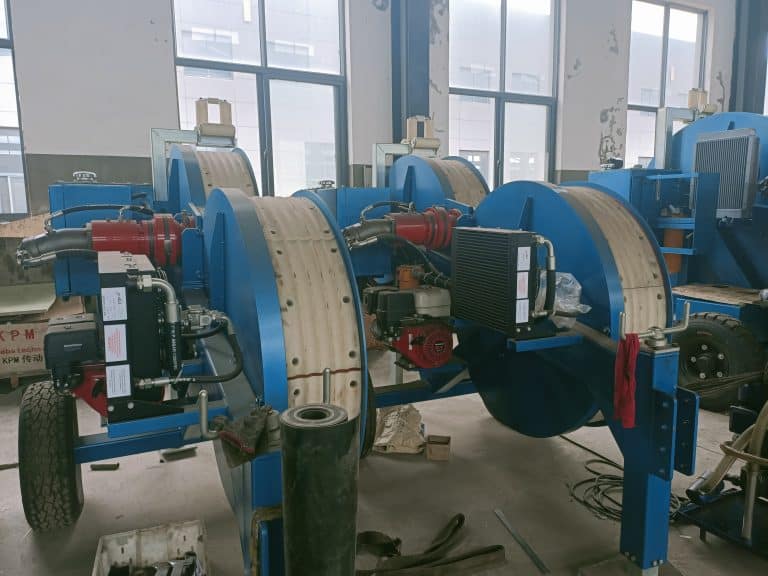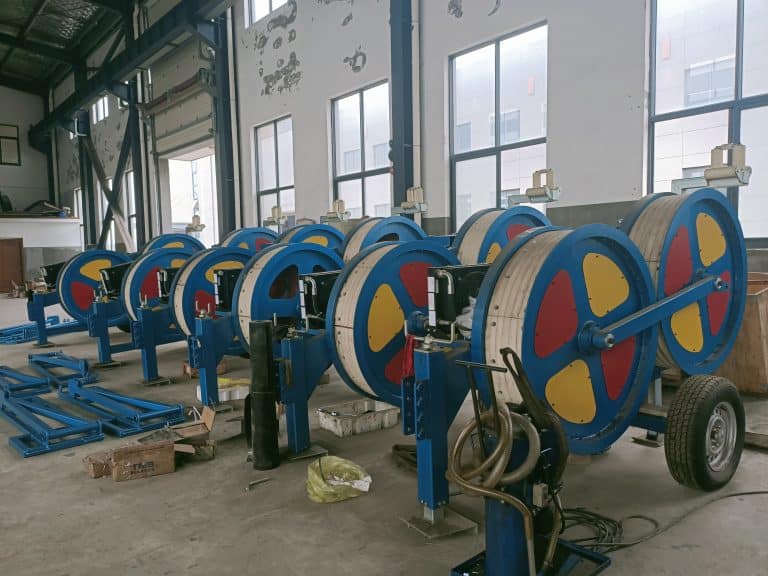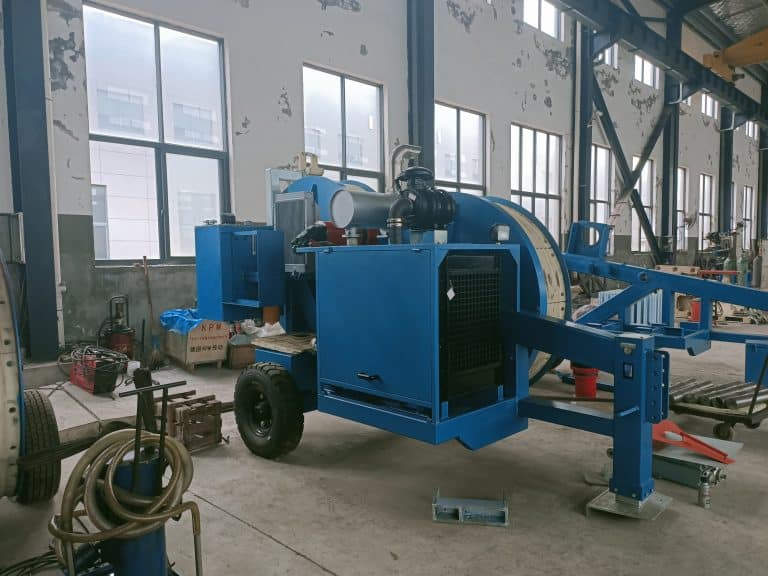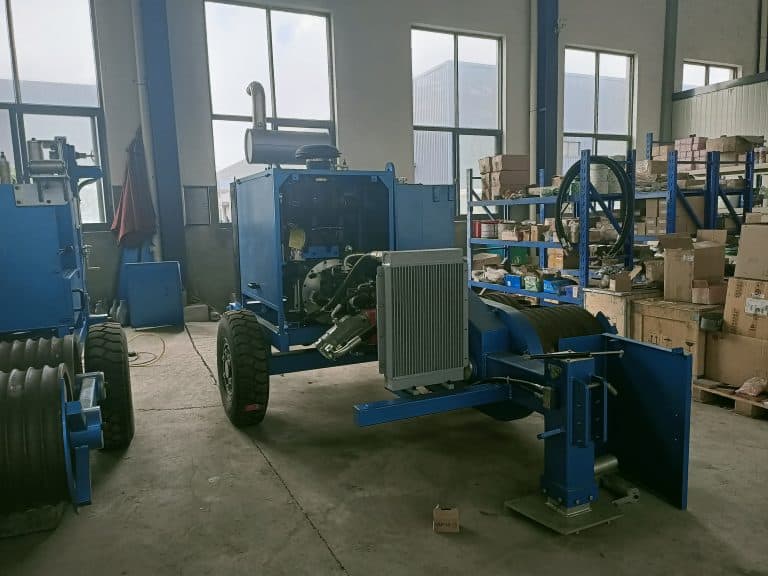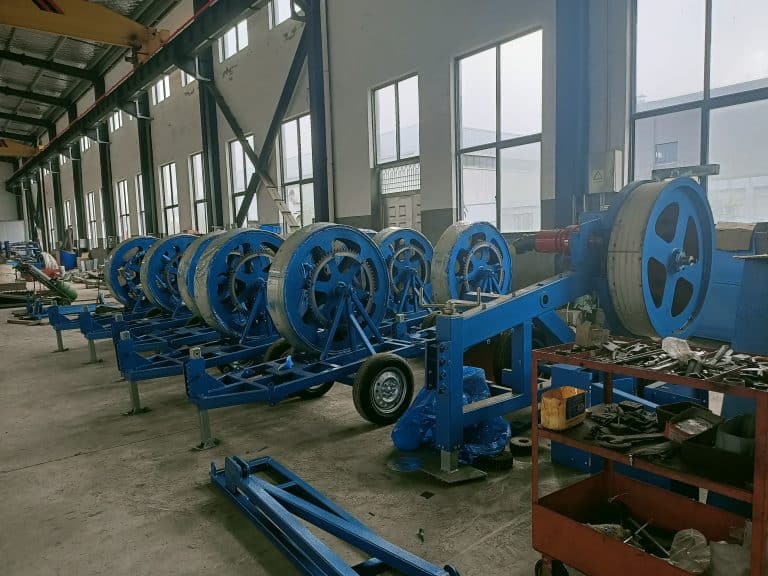Navigating the Powerline Landscape: How to Choose the Right Overhead Conductor Stringing Equipment.
When it comes to the installation and maintenance of overhead powerlines, choosing the right stringing…
When it comes to the installation and maintenance of overhead powerlines, choosing the right stringing equipment is crucial to ensuring a safe, efficient, and cost-effective operation. With the wide array of equipment available in the market, it can be challenging to determine which tools best suit your needs. In this article, we will guide you through the process of selecting the right overhead conductor stringing equipment, focusing on factors such as project requirements, safety, and equipment quality.
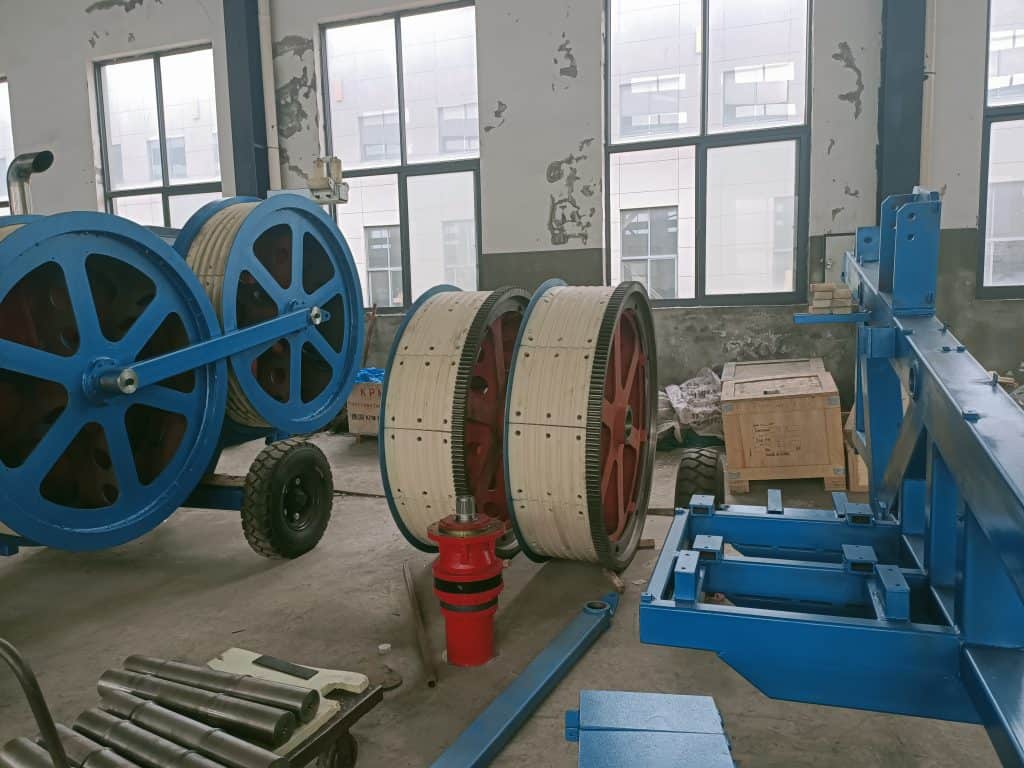
- Assess Your Project Requirements
The first step in choosing the right overhead conductor stringing equipment is to evaluate the specific needs of your project. Factors to consider include:
- The type of conductors being installed (ACSR, AAAC, or others)
- The size and weight of the conductors
- The terrain and environmental conditions in which the project will take place
- The required tension and pulling force
By understanding your project’s unique requirements, you can better identify the appropriate equipment that will ensure a safe and efficient operation.
- Focus on Safety
Safety should be the top priority when selecting overhead conductor stringing equipment. Look for equipment that incorporates safety features such as:
- Automatic braking systems
- Overload protection mechanisms
- Ergonomic designs
- Clear and easily accessible controls
Choosing equipment that prioritizes safety will not only protect your team but also minimize the risk of damage to the conductors and other components during the stringing process.
- Prioritize Equipment Quality and Durability
The quality and durability of your stringing equipment will play a significant role in the success of your project. High-quality equipment can withstand the rigors of challenging environments and minimize the need for costly repairs or replacements. When selecting overhead conductor stringing equipment, consider factors such as:
- The reputation of the manufacturer
- The materials used in the construction of the equipment
- The availability of warranties or guarantees
Investing in high-quality equipment may have a higher upfront cost, but it will pay off in the long run by ensuring reliable performance and reducing maintenance costs.
- Evaluate the Range of Equipment Available
There is a wide range of overhead conductor stringing equipment available, including pullers, tensioners, winches, and reel stands. When selecting equipment, consider the following:
- The compatibility of the equipment with your project requirements
- The ease of operation and maintenance
- The availability of training or support from the manufacturer
By carefully evaluating the range of equipment available, you can make an informed decision that best meets the needs of your project.
- Consult with Industry Experts
If you are unsure about the right equipment for your project, consulting with industry experts can provide valuable insights. Experienced professionals can offer guidance on equipment selection based on your specific project requirements and help you avoid potential pitfalls.
In conclusion, choosing the right overhead conductor stringing equipment is essential to the success of your powerline installation or maintenance project. By carefully assessing your project requirements, prioritizing safety, focusing on equipment quality and durability, evaluating the range of equipment available, and consulting with industry experts, you can make an informed decision that will ensure a safe, efficient, and cost-effective operation.

